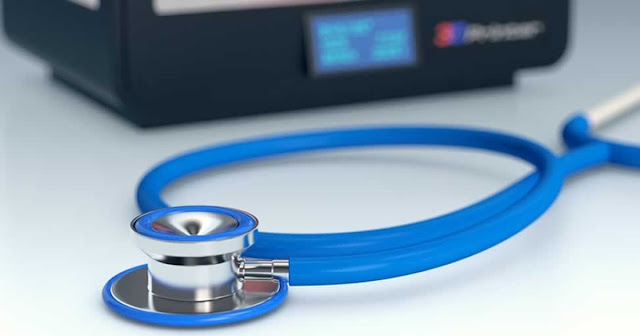Apheresis Equipment Is A Type of Device, Which Is Used For Receiving Blood That Is Removed From A Donor's or Patient's Body
The
performance of apheresis equipment should be comparable to those of the
existing FDA-approved devices. It should also be lightweight and ruggedized to
ensure a long life. Furthermore, it should include advanced features such as
platelet separation and leukoreduction processes, which are critical in the
treatment of medical conditions. Automated features that will save time and
resources are another major factor to consider in apheresis equipment. It
should also be able to determine the patient's hematocrit and optimize settings
as per the patient's requirements.
The
Global
Apheresis Equipment Market is estimated to account for US$ 2,866.4 Mn in terms of value in
2020 and is expected to reach US$
6,081.8 Mn by the end of 2027.
The
most common complications that may occur with apheresis equipment are
associated with damaged donor red cells, which release hemoglobin. In most
cases, this is caused by improper installation of equipment or incompatible
replacement fluids. Symptoms of hemolysis include red blood in plasma or
bloodline and a dark-colored filter. Patients can also experience pink or red
urine following the collection process. If this happens, hepatomegalysis may be
indicated.
The
process of using apheresis equipment is complex. The goal is to separate the
plasma, platelets, and red blood cells from the rest of the blood. This process
is used in the treatment of various diseases. In some cases, apheresis can save
a life. It can also cure leukemia and other hematological conditions. It is an
important part of the medical community. In regions such as the United States,
the high prevalence of blood-related issues has increased the usage of
apheresis equipment. For instance, according to the United States Leukemia
& Lymphoma Society, in 2021, around 186,400 people in the US suffer from
myeloma, lymphoma, and leukemia.
While
there are no universal guidelines for apheresis equipment, it is possible to
find a device that works accurately. This can be a significant cost-saving
measure if it is not covered by insurance. Several complications can occur
during apheresis, including citrate reaction, which is related to reduced
ionized calcium levels. This can lead to a rapid infusion that can cause a
variety of symptoms, including numbness, metallic taste, headache, and
tightness. If left untreated, this condition may progress to carpopedal spasms.




Comments
Post a Comment